Home>Home Maintenance>How Far Does A Downspout Drainage Line Need To Be From The House
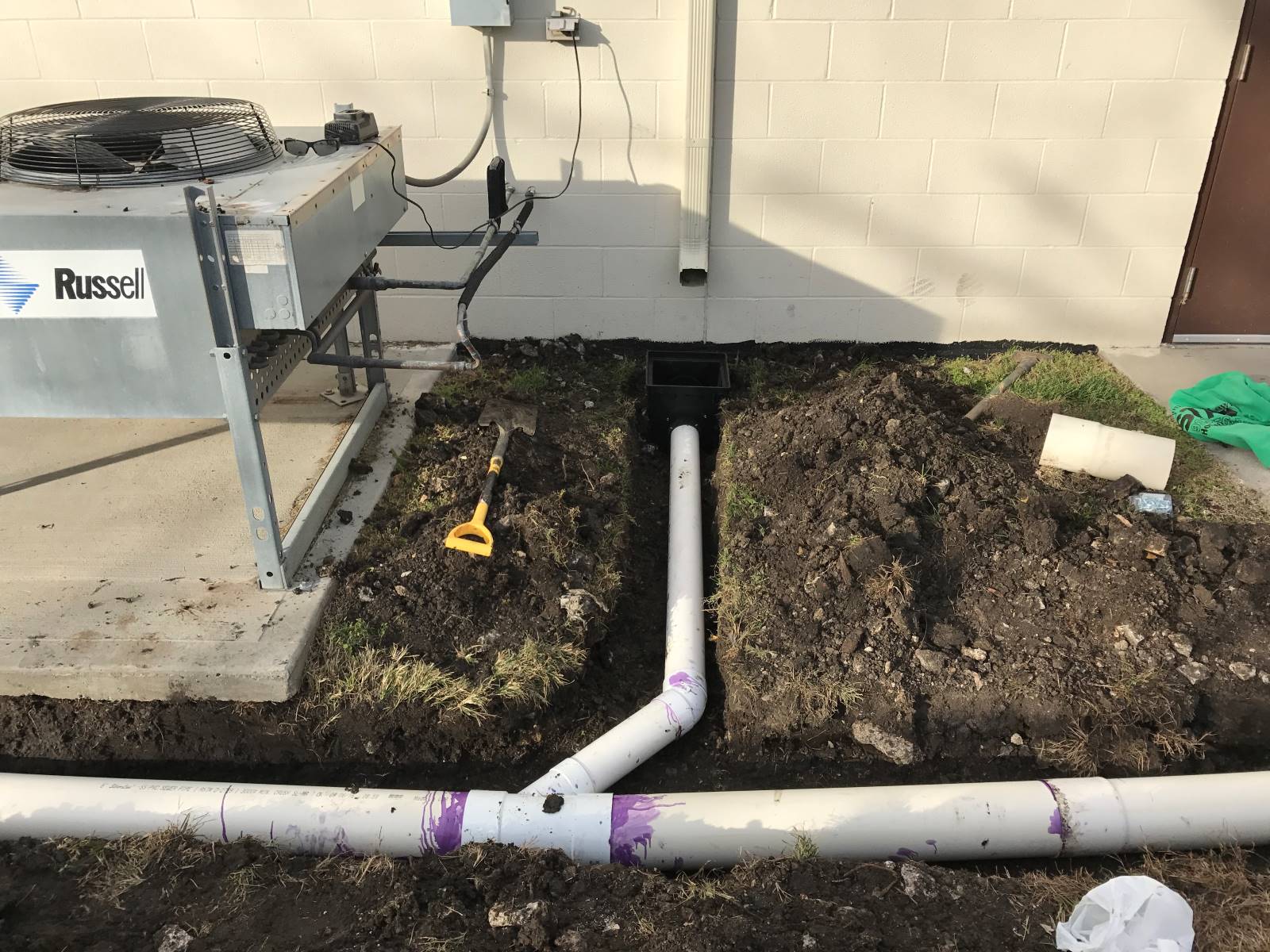

Home Maintenance
How Far Does A Downspout Drainage Line Need To Be From The House
Modified: March 15, 2024
Ensure proper home maintenance by knowing the ideal distance for a downspout drainage line from the house. Avoid potential water damage and protect your property.
(Many of the links in this article redirect to a specific reviewed product. Your purchase of these products through affiliate links helps to generate commission for Storables.com, at no extra cost. Learn more)
Introduction
Proper home maintenance is essential to ensure the longevity and structural integrity of your property. One often overlooked aspect of home maintenance is the management of downspout drainage. While it may seem like a minor consideration, the location and distance of your downspout drainage line can have a significant impact on the health of your home’s foundation and landscaping.
In this article, we will explore the importance of downspout drainage and discuss the factors to consider when determining the ideal distance for your downspout drainage line from your house. We will also highlight the consequences of improper placement and provide methods to extend your downspout drainage line, along with common mistakes to avoid.
By the end of this article, you will have a thorough understanding of how far a downspout drainage line needs to be from your house, enabling you to make informed decisions to protect your home.
Key Takeaways:
- Proper downspout drainage is crucial for protecting your home’s foundation and landscaping. Consider factors like soil type, slope, and local regulations when determining the ideal distance for your drainage line.
- Avoid common mistakes like insufficient distance from the house and neglecting maintenance to maintain an efficient downspout drainage system. Choose the right method to extend your drainage line and protect your home from water damage.
Importance of Downspout Drainage
Proper downspout drainage is crucial for maintaining the structural integrity of your home and preventing water damage. When it rains, the water that falls on your roof needs to be effectively channeled away from your house. This is where downspout drainage comes into play.
If your downspouts are not properly connected to a drainage system, the water can pool around the foundation of your house. Over time, this can lead to a range of issues, including basement flooding, foundation cracks, and soil erosion.
By having a well-designed and properly functioning downspout drainage system, you can effectively redirect rainwater away from your home. This helps to protect your foundation and prevent water damage to your property.
In addition to safeguarding the structural integrity of your home, proper downspout drainage also plays a role in maintaining your landscaping. Excessive water pooling around your foundation can result in saturated soil, which can be detrimental to the health of your plants, shrubs, and trees. By directing water away from your landscape, you can help ensure the longevity and vitality of your outdoor greenery.
Overall, downspout drainage is a critical aspect of home maintenance that should not be overlooked. By taking the necessary steps to manage rainwater effectively, you can protect your home and preserve its value for years to come.
Factors to Consider
When determining the ideal distance for your downspout drainage line from your house, there are several factors to consider. These factors will help ensure the effectiveness of your drainage system and prevent potential issues down the line.
1. Soil Type: The type of soil around your home plays a significant role in determining the distance for your downspout drainage line. Clay soils, for example, have poor drainage capabilities and retain water for longer periods. In such cases, you may need to extend your drainage line further away from the house to prevent water from seeping into the foundation.
2. Slope of the Property: The slope of your property also affects the distance for your downspout drainage line. If your property slopes away from the foundation, gravity can help in directing water away without the need for an elaborate drainage system. However, if your property is relatively flat or slopes towards the house, a longer drainage line may be necessary to prevent water accumulation near the foundation.
3. Rainfall Intensity: The intensity of rainfall in your area should be considered when determining the distance for your downspout drainage line. If you live in an area prone to heavy rainfall or frequent storms, a longer drainage line may be needed to handle the increased volume of water flow effectively.
4. Local Regulations: It is crucial to check your local building codes and regulations regarding downspout drainage. Some regions have specific requirements for the distance between the downspout and the house, as well as guidelines for connecting to a municipal drainage system. Adhering to these regulations will ensure compliance and prevent potential issues in the future.
5. Landscaping Considerations: Take into account the layout of your landscaping and any potential obstacles when planning the distance for your downspout drainage line. For example, if you have a garden or flower bed near the house, you may need to extend the drainage line further to avoid damaging the plants with excess water runoff.
By considering these factors and tailoring your downspout drainage system to your specific circumstances, you can ensure optimal performance and minimize the risk of water damage to your home.
Building Code Requirements
When it comes to downspout drainage, it’s important to be aware of any building code requirements that exist in your area. Building codes are regulations put in place by local authorities to ensure the safety and well-being of occupants in residential and commercial buildings. While the specific requirements may vary from region to region, there are some common guidelines to consider.
1. Minimum Distance: Many building codes specify a minimum distance that downspout drainage lines should extend from the house. This distance is typically around 5 to 10 feet, although it can vary depending on local regulations. The purpose of this requirement is to prevent water from collecting near the foundation, which can lead to structural issues over time.
2. Municipal Drainage Systems: If your property is connected to a municipal drainage system, there may be specific guidelines regarding how your downspout drainage should be connected. It is important to adhere to these guidelines to avoid any issues with local authorities and to ensure proper functioning of the drainage system.
3. Permits and Inspections: In certain jurisdictions, obtaining a permit and passing inspections may be required for installing or modifying downspout drainage systems. These permits and inspections are designed to ensure that the drainage system meets the necessary standards and complies with building codes. It is essential to check with your local building department to determine if any permits or inspections are required before starting any work on your downspout drainage system.
4. Easements and Property Lines: Another consideration in building code requirements is the location of easements and property lines. It’s crucial to be aware of any utility easements or property line restrictions that may impact the installation or extension of your downspout drainage line. These restrictions are put in place to ensure that the drainage system does not interfere with utility access or encroach upon neighboring properties.
By familiarizing yourself with the building code requirements in your area and following them diligently, you can ensure that your downspout drainage system is in compliance, reducing the risk of legal issues and ensuring the safety and integrity of your home.
Ideal Distance for Downspout Drainage
When determining the ideal distance for your downspout drainage line, there is no one-size-fits-all answer. The distance will depend on various factors, such as the slope of your property, soil type, and local regulations. However, there are some general guidelines to consider when determining the ideal distance for your downspout drainage.
1. A common recommendation is to extend the downspout drainage line at least 5 to 10 feet away from the house. This distance helps prevent water from pooling near the foundation, reducing the risk of water damage and foundation issues. The further away the water is directed from the house, the better.
2. If your property has a slope that slopes away from the house, you may be able to direct the downspout drainage farther out into the yard. This allows gravity to assist in carrying the water away from the house. However, it’s important to ensure that the water is properly channeled and does not cause erosion or other issues on your property or neighboring properties.
3. Consider the soil type around your house. If you have clay soil or other soil types with poor drainage, you may need to extend the drainage line even further from the house. This will help prevent water from seeping into the foundation and causing damage.
4. Take into account any landscaping features or obstacles near the house. If you have flower beds, shrubs, or trees close to the foundation, consider extending the downspout drainage line beyond these areas to avoid excessive water saturation, which can harm the plants.
5. Check your local building codes and regulations for any specific requirements regarding downspout drainage distance. Some areas may have additional guidelines or restrictions that you need to follow.
Ultimately, the ideal distance for your downspout drainage line may vary depending on your specific circumstances. It’s important to assess the factors mentioned above and tailor your drainage system accordingly. By taking the necessary steps to direct water away from your foundation and prevent water damage, you can maintain the integrity and longevity of your home.
A downspout drainage line should extend at least 5 feet away from the house to prevent water from seeping into the foundation. This helps protect the home from water damage and potential structural issues.
Consequences of Improper Placement
Improper placement of your downspout drainage line can lead to various consequences, impacting both the structural integrity of your home and the health of your landscaping. It’s important to be aware of these potential issues to avoid costly repairs and maintenance down the line.
1. Foundation Damage: One of the most significant consequences of improper downspout placement is damage to your home’s foundation. If the downspout drainage line is too close to the foundation or not extended far enough, water can accumulate near the foundation walls. Over time, this can lead to moisture penetration, foundation shifting, and the formation of cracks. These issues can compromise the stability and safety of your home’s foundation.
2. Basement Flooding: When downspout drainage is not properly directed away from the house, water can accumulate around the foundation and seep into the basement. This can result in costly water damage, including damage to walls, flooring, and personal belongings. Additionally, excess moisture in the basement can lead to mold and mildew growth, posing health risks to occupants.
3. Erosion and Soil Instability: If downspout drainage is not extended far enough, water can erode the soil around the foundation. This can lead to soil instability, sinkholes, and potential damage to landscaping features, such as retaining walls or paved surfaces. In addition, eroded soil can create a negative slope towards the house, causing water to flow back towards the foundation instead of away from it.
4. Landscape Damage: Improperly placed downspout drainage can result in excessive water pooling in certain areas of your yard. This can cause damage to your landscaping, including oversaturation of plants, erosion of soil, and the formation of standing water. Plants can drown, roots can rot, and the overall health and aesthetics of your landscape can be negatively affected.
5. Pest Infestations: Stagnant water resulting from improper downspout placement can attract mosquitoes, insects, and other pests. The presence of standing water provides an ideal breeding ground for these pests, increasing the risk of infestations and potential health hazards for occupants.
To prevent these consequences, it is essential to carefully plan and execute the placement of your downspout drainage line. By ensuring that water is effectively directed away from your house, you can protect your foundation, prevent water damage, and maintain a healthy and vibrant landscape.
Methods to Extend Downspout Drainage Line
If you find that your downspout drainage line needs to be extended to ensure proper water management, there are several methods you can use to accomplish this effectively. Here are some common techniques to consider:
1. Downspout Extensions: One of the simplest and most common methods to extend a downspout drainage line is by using downspout extensions. These extensions easily attach to the bottom of the downspout and allow you to direct water further away from your house. They come in various lengths and styles, including flexible extensions that can be adjusted as needed.
2. Underground PVC Pipes: Another option for extending your downspout drainage line is to use underground PVC pipes. By connecting a PVC pipe to your downspout, you can bury it underground and direct the water away from your house. This method provides a more discreet and permanent solution, as the pipes are hidden below the surface.
3. French Drains: If you have significant drainage issues or a larger area to manage, installing a French drain can be an effective solution. A French drain consists of a trench filled with gravel and a perforated pipe, which collects excess water and directs it away from your house. This method requires more involved installation and may be best done by a professional, but it can effectively manage water runoff and prevent foundation damage.
4. Dry Wells: Dry wells are another method of extending your downspout drainage line. A dry well is an excavated hole filled with gravel or crushed stone, which allows water to seep into the ground slowly. This helps distribute excess water away from your house and prevents pooling and potential damage. Dry wells are particularly useful in areas with poor soil drainage.
5. Rain Barrels or Rainwater Harvesting Systems: If you want to repurpose the water from your downspouts, you can install rain barrels or rainwater harvesting systems. These systems collect rainwater from the downspouts and store it for later use, such as watering plants or washing cars. While this method doesn’t extend the downspout drainage line itself, it can help reduce the amount of water that needs to be managed by the drain line.
When extending your downspout drainage line, it’s essential to consider the local building codes and regulations to ensure compliance. Additionally, proper installation and regular maintenance are crucial for optimal performance and longevity of the drainage system. By implementing one of these methods, you can effectively manage water runoff and protect your home from potential water damage.
Common Mistakes to Avoid
When it comes to downspout drainage, there are some common mistakes that homeowners often make. By being aware of these mistakes, you can proactively avoid them and ensure the effectiveness of your drainage system. Here are some common mistakes to avoid:
1. Insufficient Distance from the House: One of the most prevalent mistakes is having a downspout drainage line that is too close to the house. This can result in water pooling near the foundation, leading to potential water damage and foundation issues. Ensure that your downspout drainage line extends a sufficient distance away from the house, typically around 5 to 10 feet, to prevent these issues.
2. Improper Slope: Another mistake is not considering the slope of the downspout drainage line. It’s important to ensure that the drainage line has a gentle slope away from the house to facilitate proper water flow. Avoid having kinks or low spots in the line that can lead to water pooling or blockages. Regularly inspect and adjust the slope as needed to prevent potential issues.
3. Neglecting Regular Maintenance: Many homeowners forget to maintain their downspout drainage system, leading to blockages and inefficiencies. It’s crucial to periodically clean the gutters and downspouts to remove any debris, leaves, or dirt that can obstruct the flow of water. This will help prevent clogs and ensure that the system functions properly.
4. Discharging Water Towards Neighbor’s Property: When extending your downspout drainage line, be mindful of where the water is being discharged. Avoid directing water towards your neighbor’s property or areas where it can cause erosion or damage. Consider the layout of your property and the direction of natural water flow when determining the ideal location for discharging water.
5. Not Checking Local Regulations: Failure to check local building codes and regulations related to downspout drainage can lead to avoidable issues. Each area may have specific requirements regarding the distance, connection to municipal systems, and permits needed for downspout drainage. Familiarize yourself with these regulations to ensure compliance and prevent any legal complications.
6. Ignoring Landscape Considerations: It’s important to take your landscaping into account when planning your downspout drainage system. Avoid directing water towards delicate plants, flowers, or shrubs, as excessive water flow can damage their roots and cause them to drown. Consider installing splash guards or diversion channels to protect your landscaping and ensure proper water management.
By avoiding these common mistakes, you can maintain an efficient and functional downspout drainage system. Regular maintenance, adherence to regulations, and consideration for your home’s foundation and landscaping will help prevent water-related issues and ensure the long-term protection of your property.
Conclusion
Proper downspout drainage is a crucial aspect of home maintenance that should not be overlooked. By effectively managing rainwater runoff, you can protect your home’s foundation, prevent water damage, and maintain the health of your landscaping. Understanding the importance of downspout drainage and considering various factors will help you determine the ideal distance for your downspout drainage line from your house.
Factors such as soil type, slope of your property, rainfall intensity, and local building code requirements should be carefully considered when planning your downspout drainage system. Adhering to building code requirements, such as the minimum distance between the downspout and the house, will ensure compliance and prevent potential issues in the future.
Improper placement of your downspout drainage line can have serious consequences, including foundation damage, basement flooding, erosion, landscape damage, and pest infestations. It’s important to avoid common mistakes such as insufficient distance from the house, improper slope, neglecting maintenance, and disregarding local regulations.
There are various methods to extend your downspout drainage line, including downspout extensions, underground PVC pipes, French drains, dry wells, and rain barrels. Each method has its advantages and suitability depending on your specific circumstances. By choosing the appropriate method and implementing it correctly, you can effectively manage water runoff and protect your home.
In conclusion, downspout drainage is a critical aspect of home maintenance that requires careful consideration and planning. By understanding the importance of downspout drainage, avoiding common mistakes, and implementing the appropriate methods, you can ensure the longevity and structural integrity of your home. By taking the time to address downspout drainage properly, you can protect your investment and enjoy a safe and healthy living environment for years to come.
Frequently Asked Questions about How Far Does A Downspout Drainage Line Need To Be From The House
Was this page helpful?
At Storables.com, we guarantee accurate and reliable information. Our content, validated by Expert Board Contributors, is crafted following stringent Editorial Policies. We're committed to providing you with well-researched, expert-backed insights for all your informational needs.
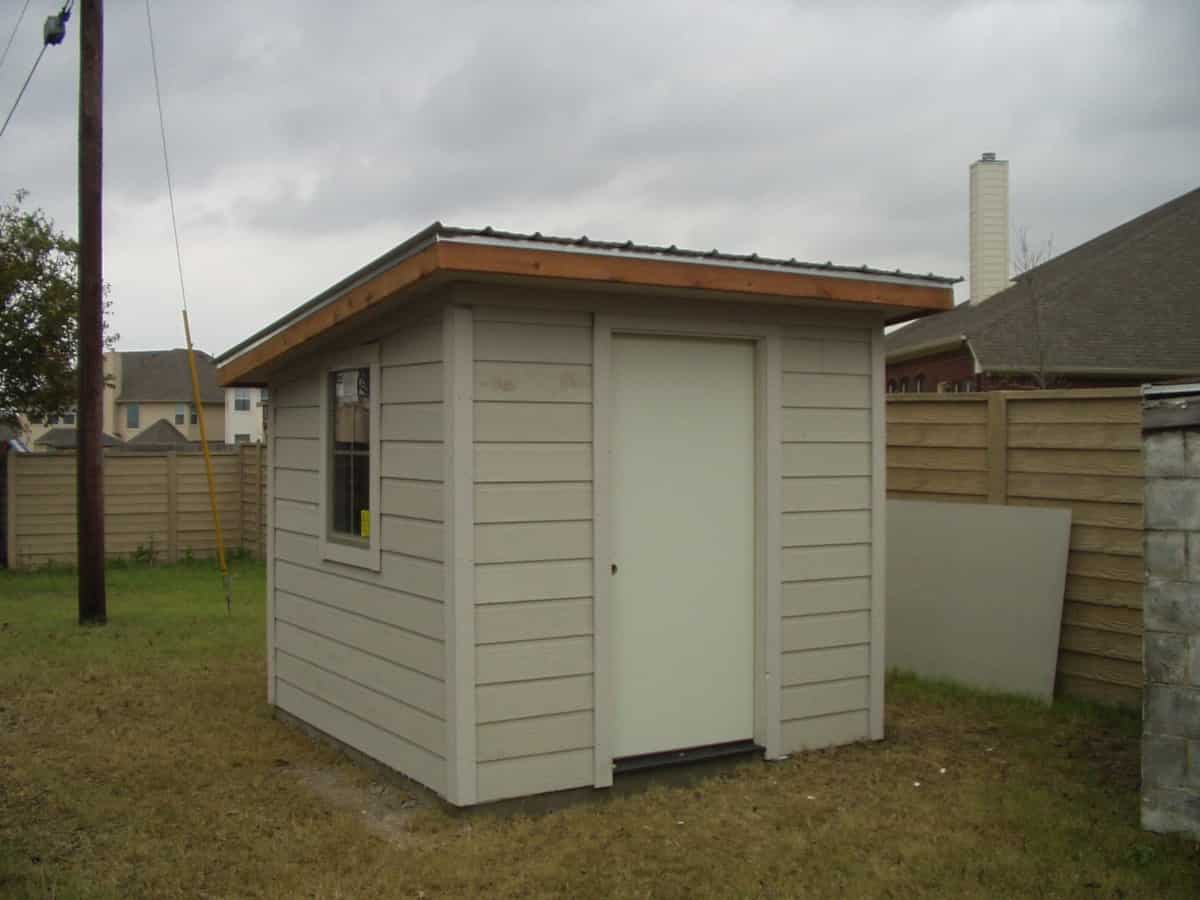
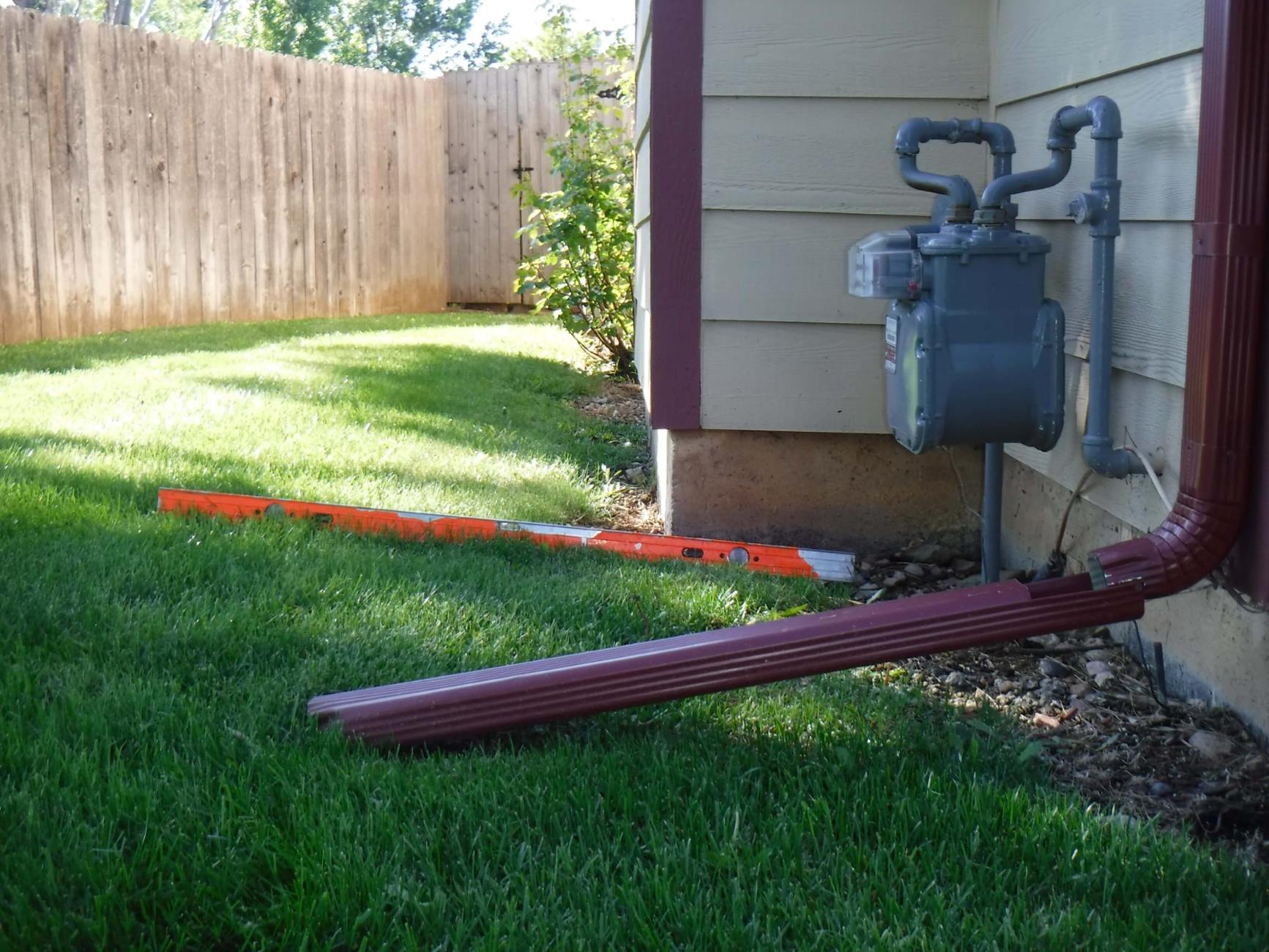
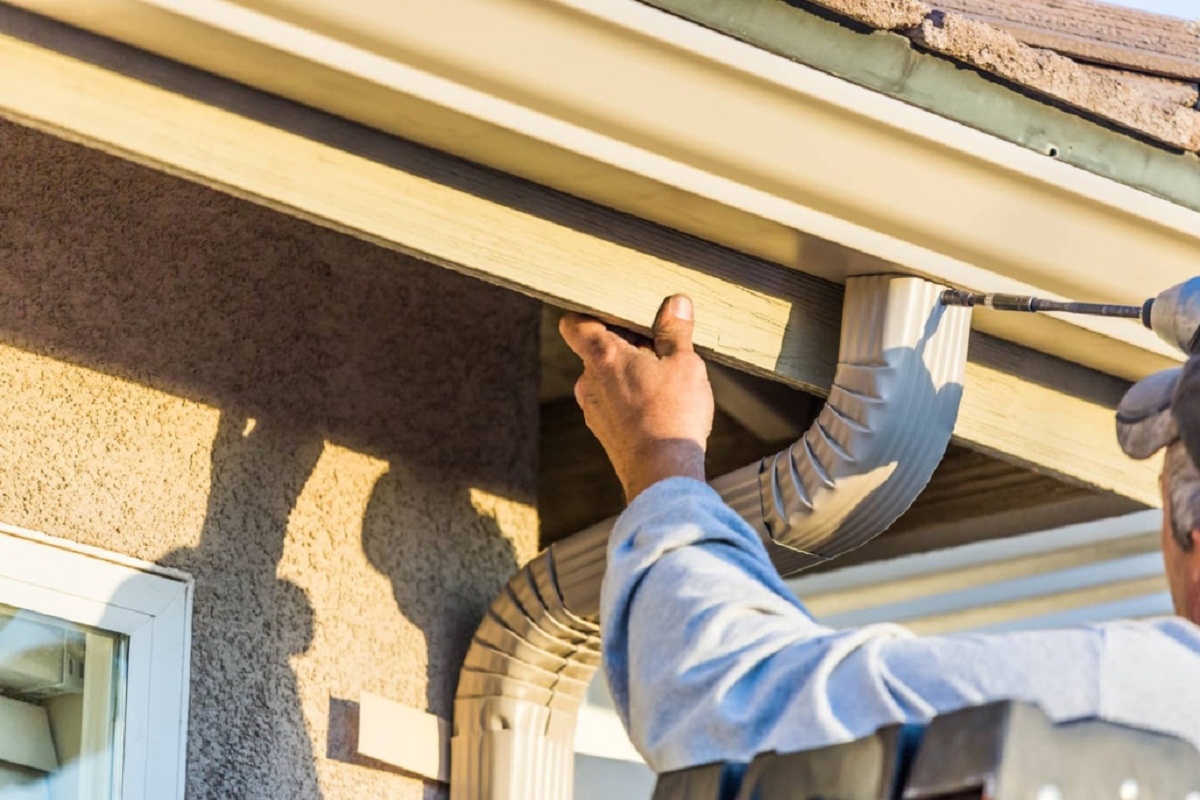
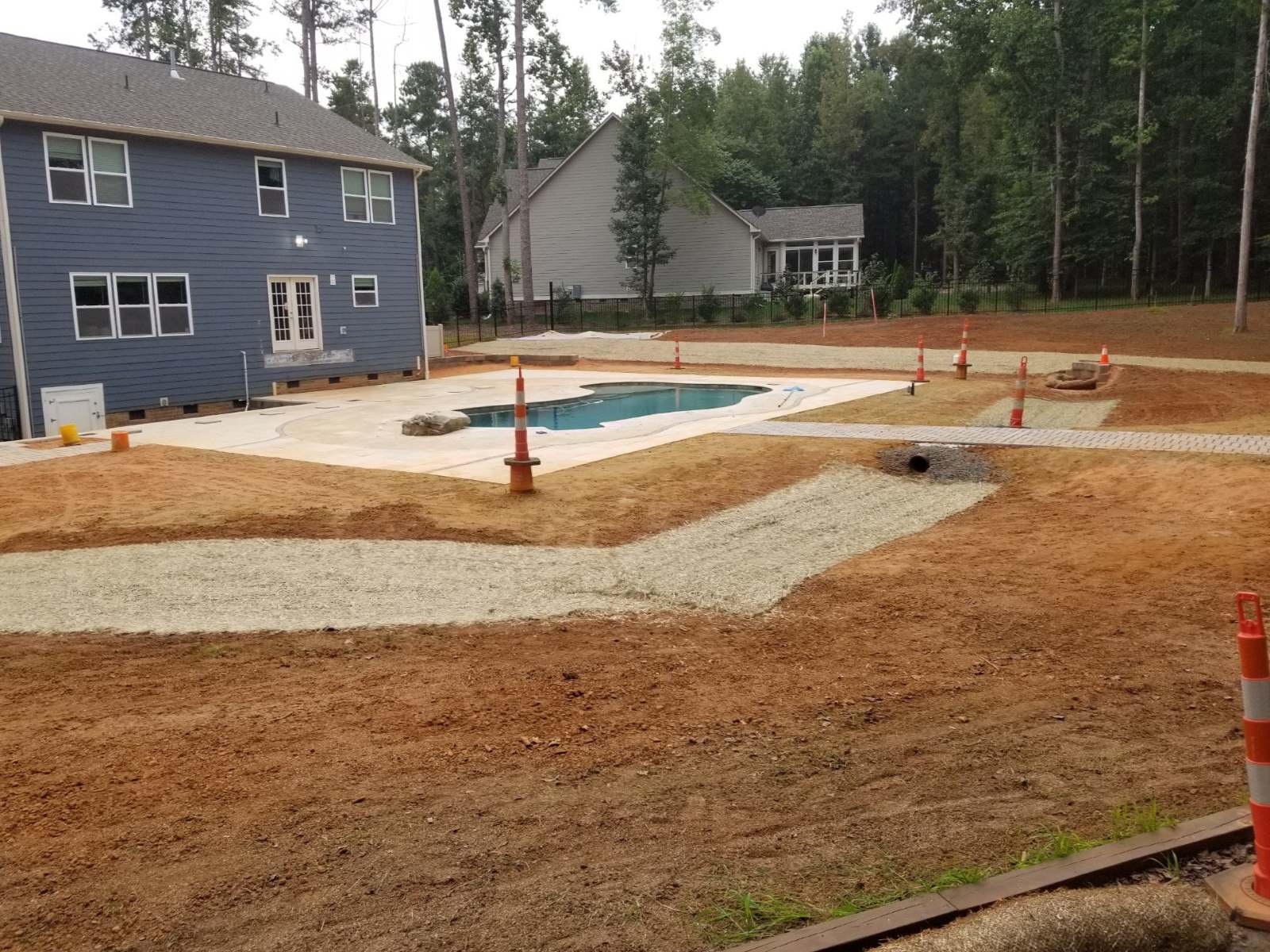
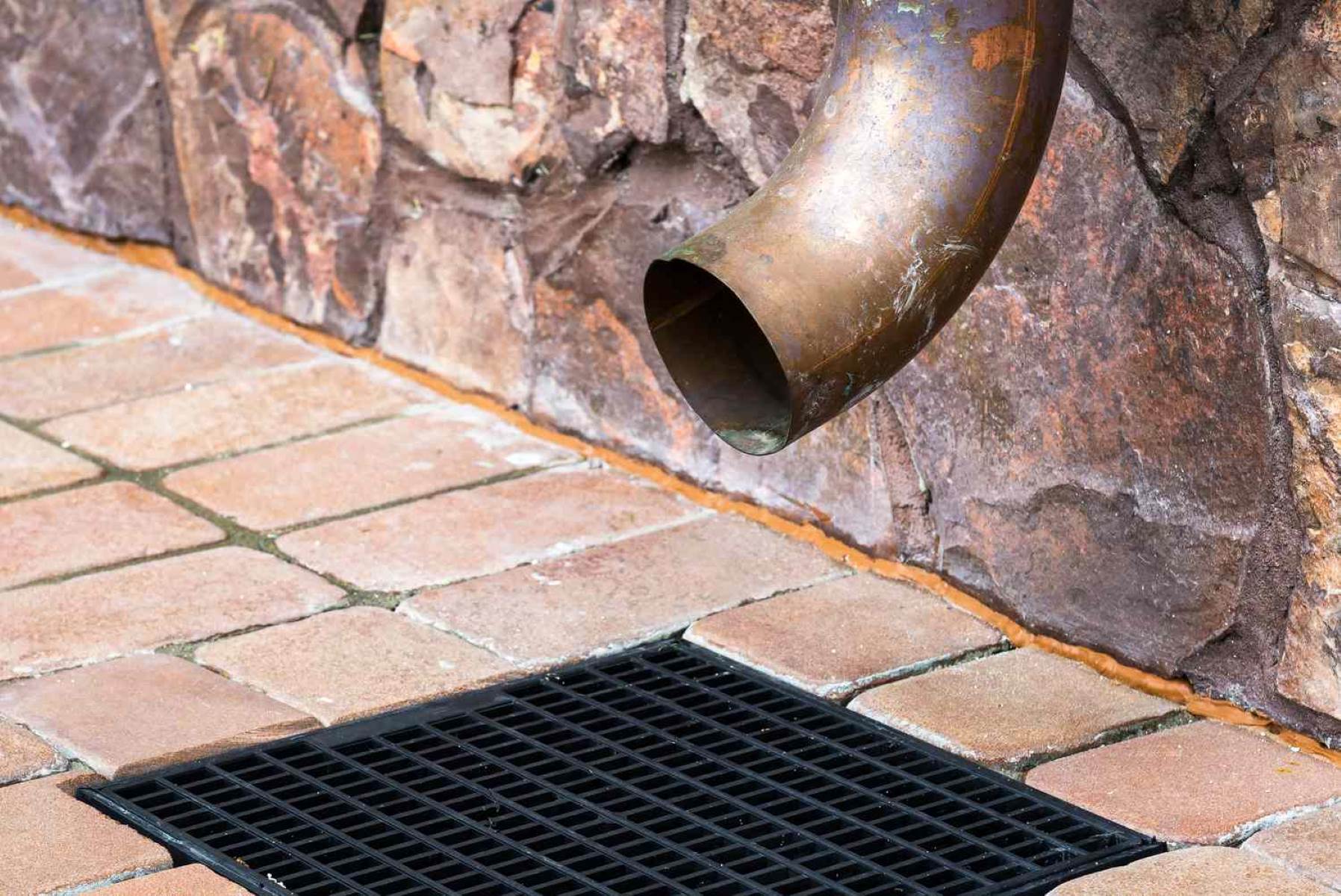
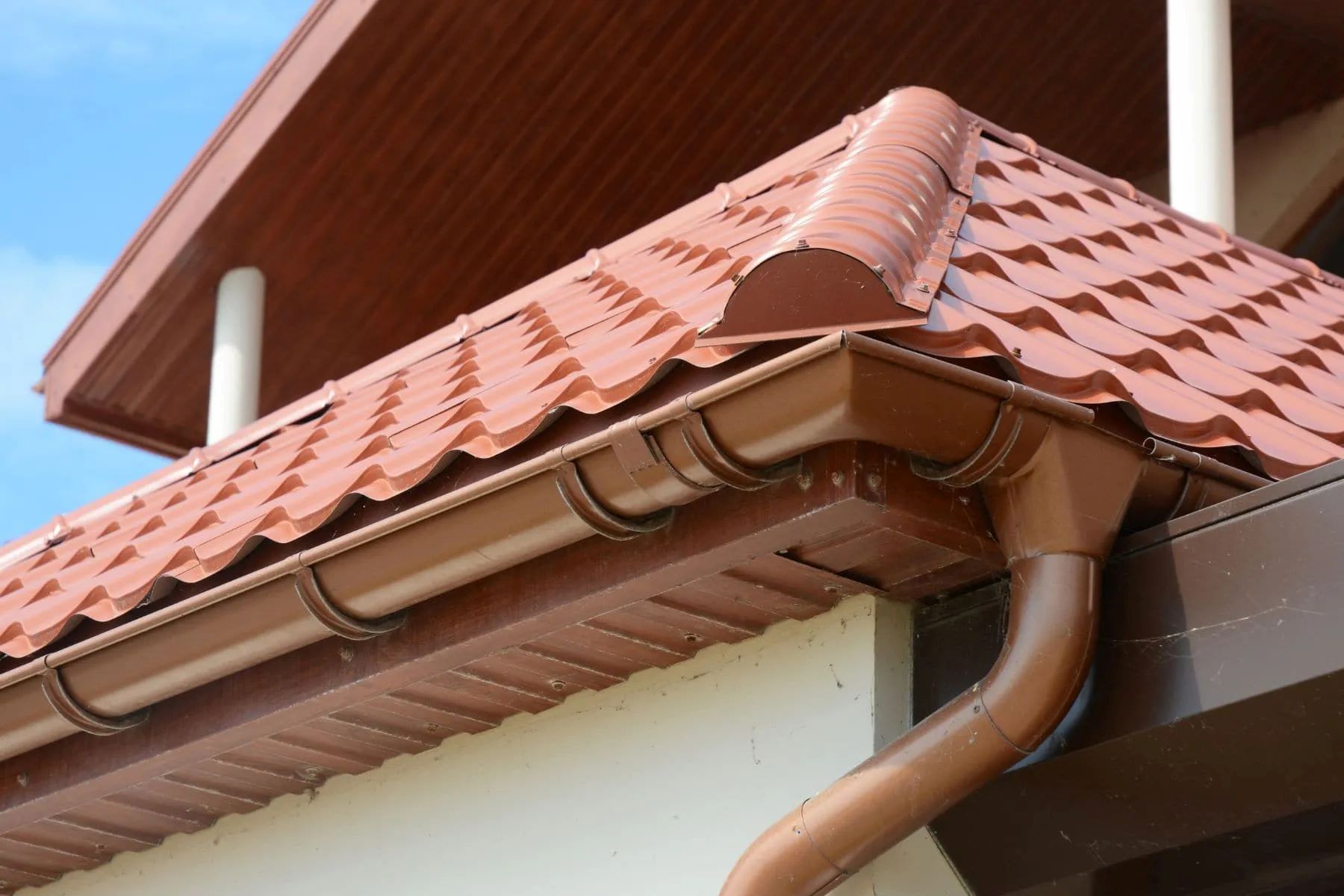
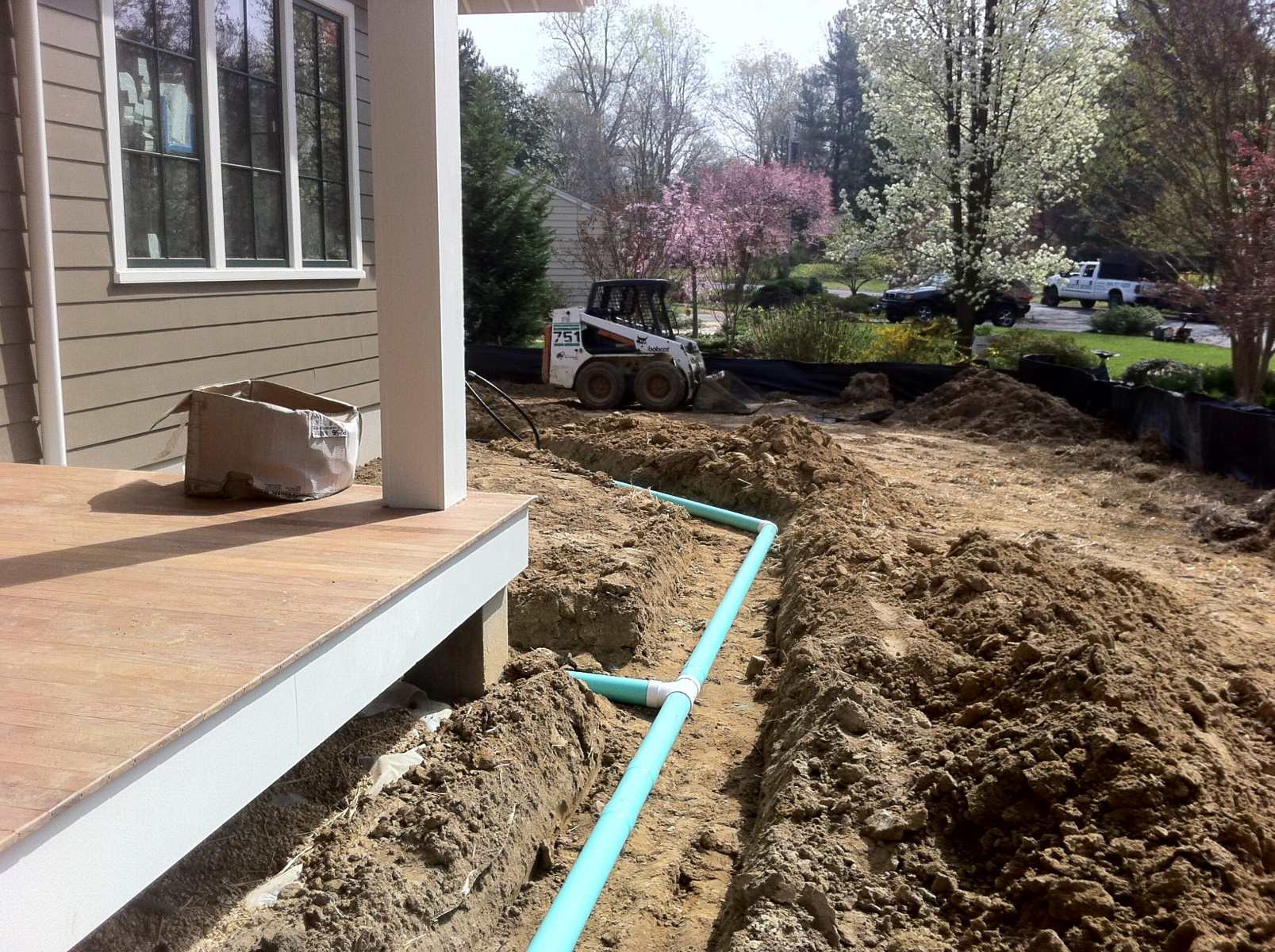
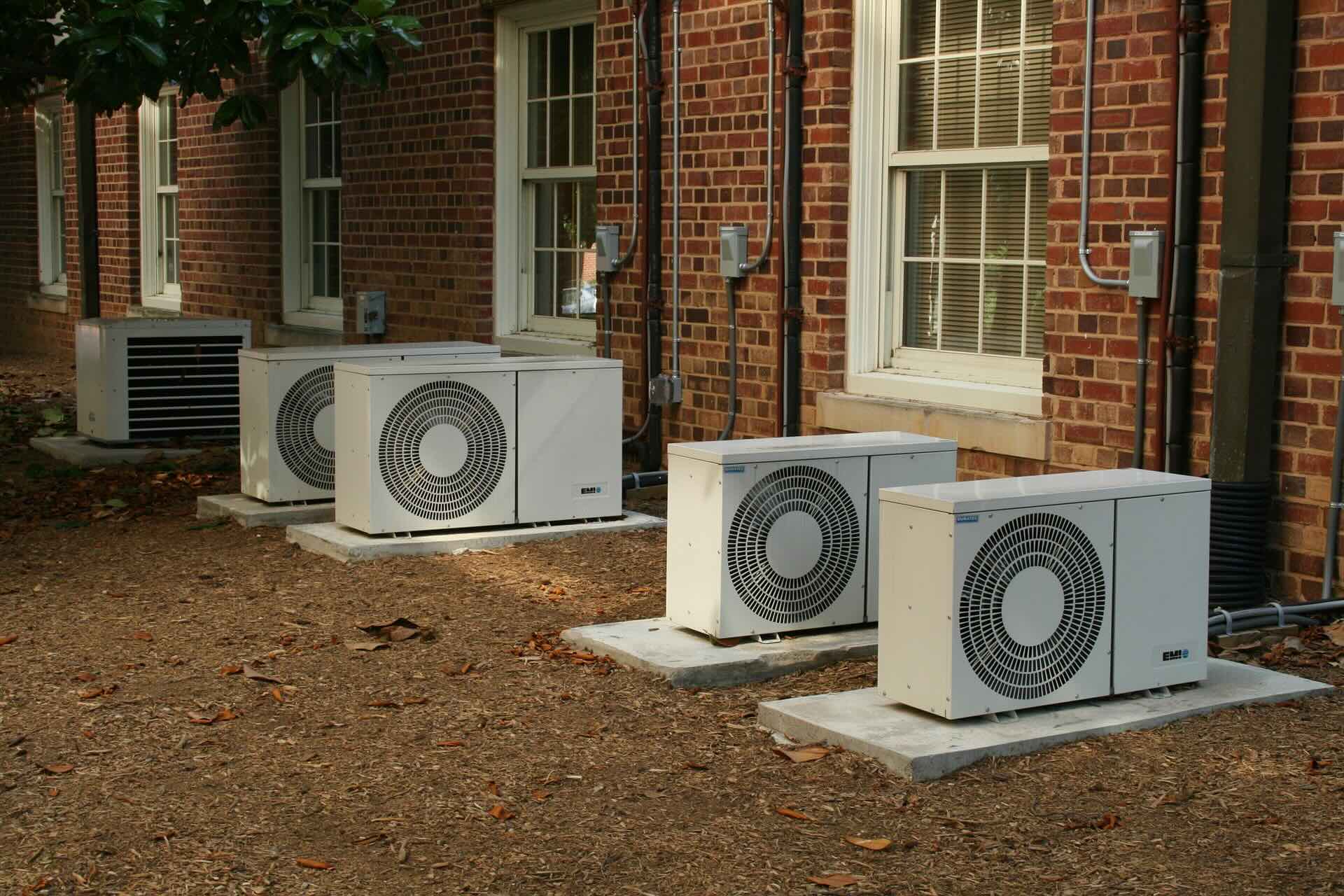
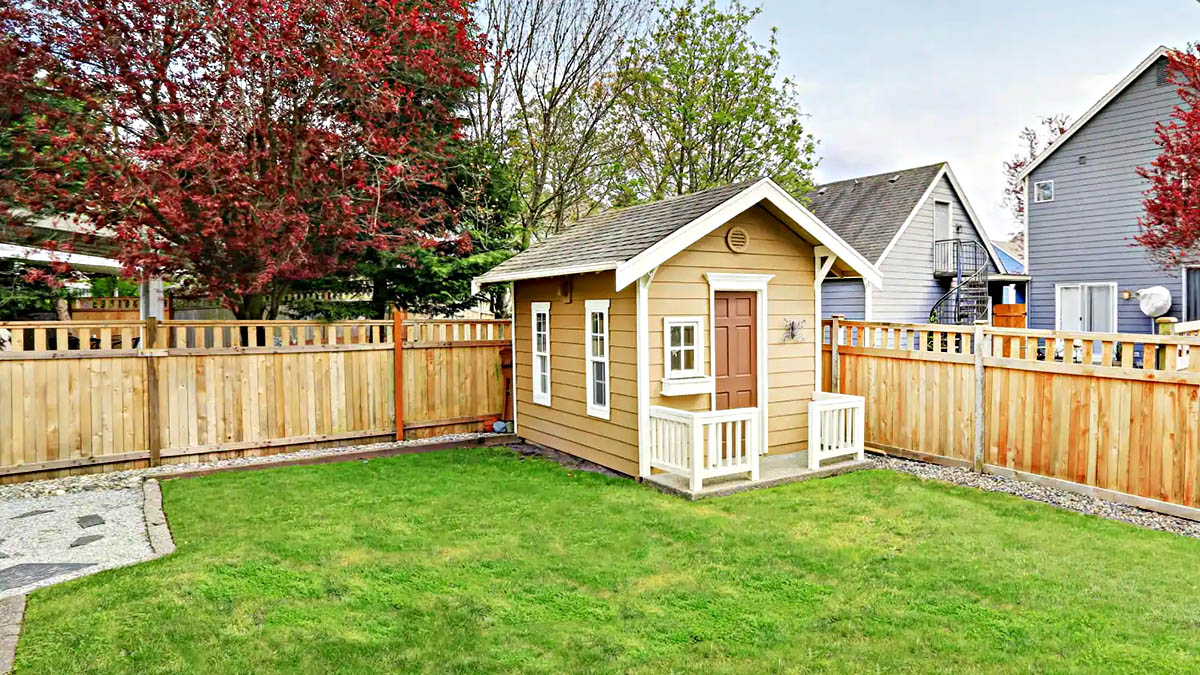
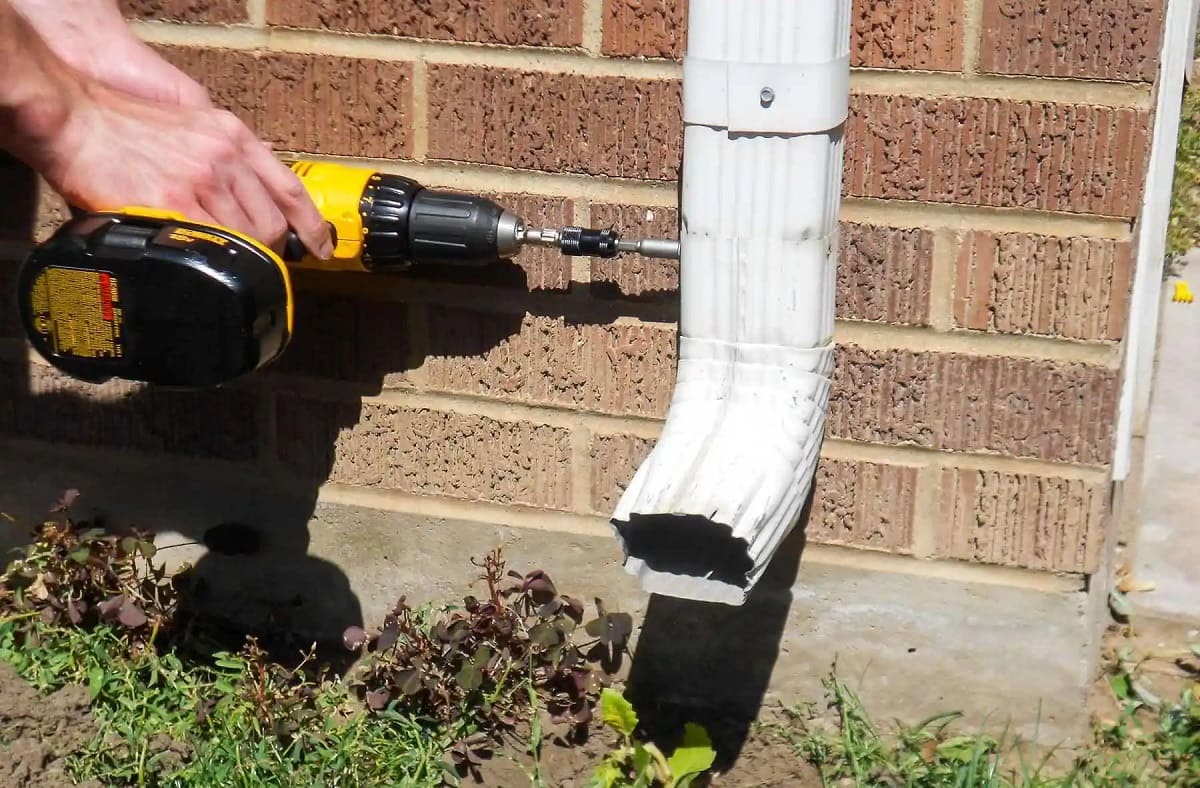
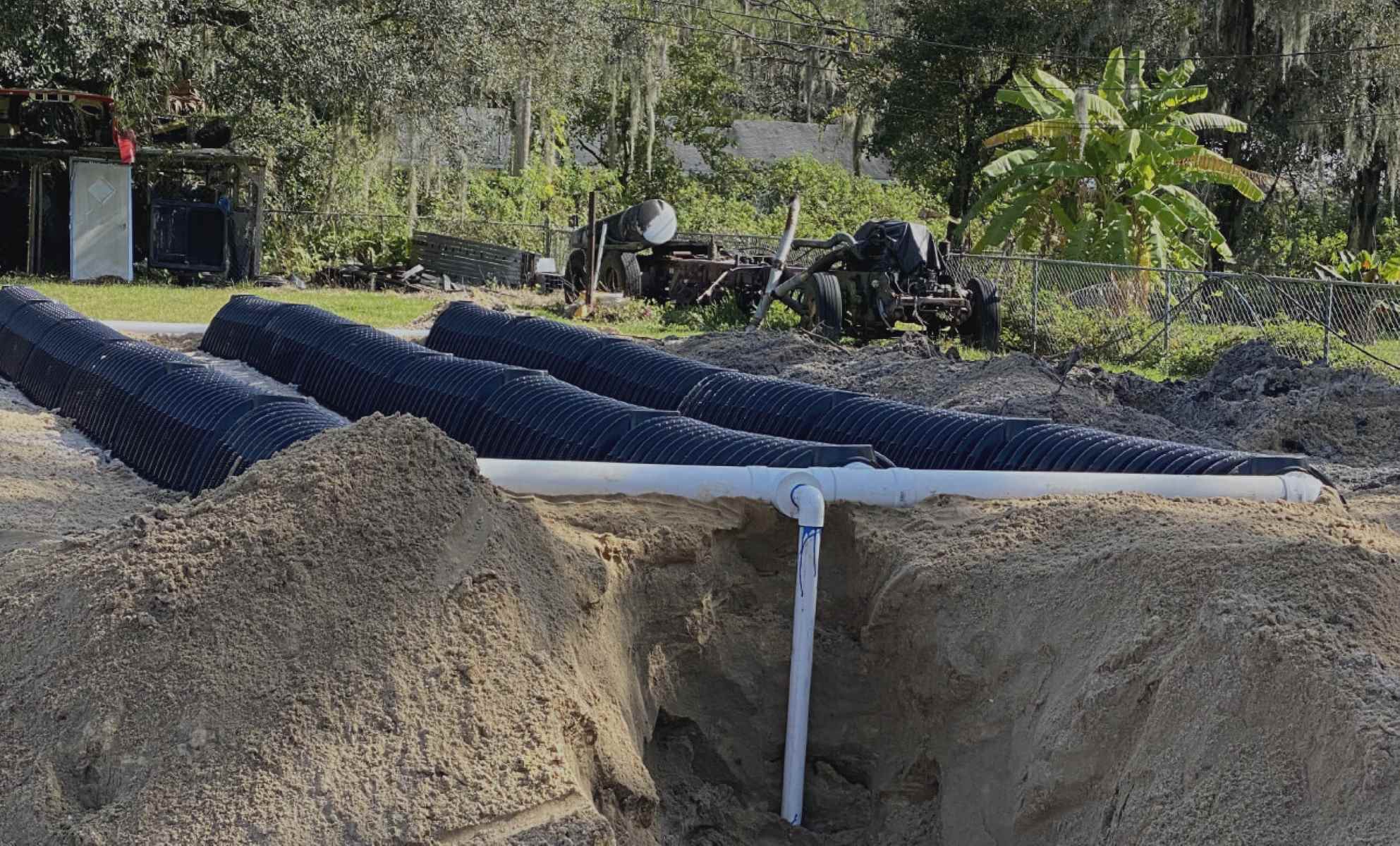
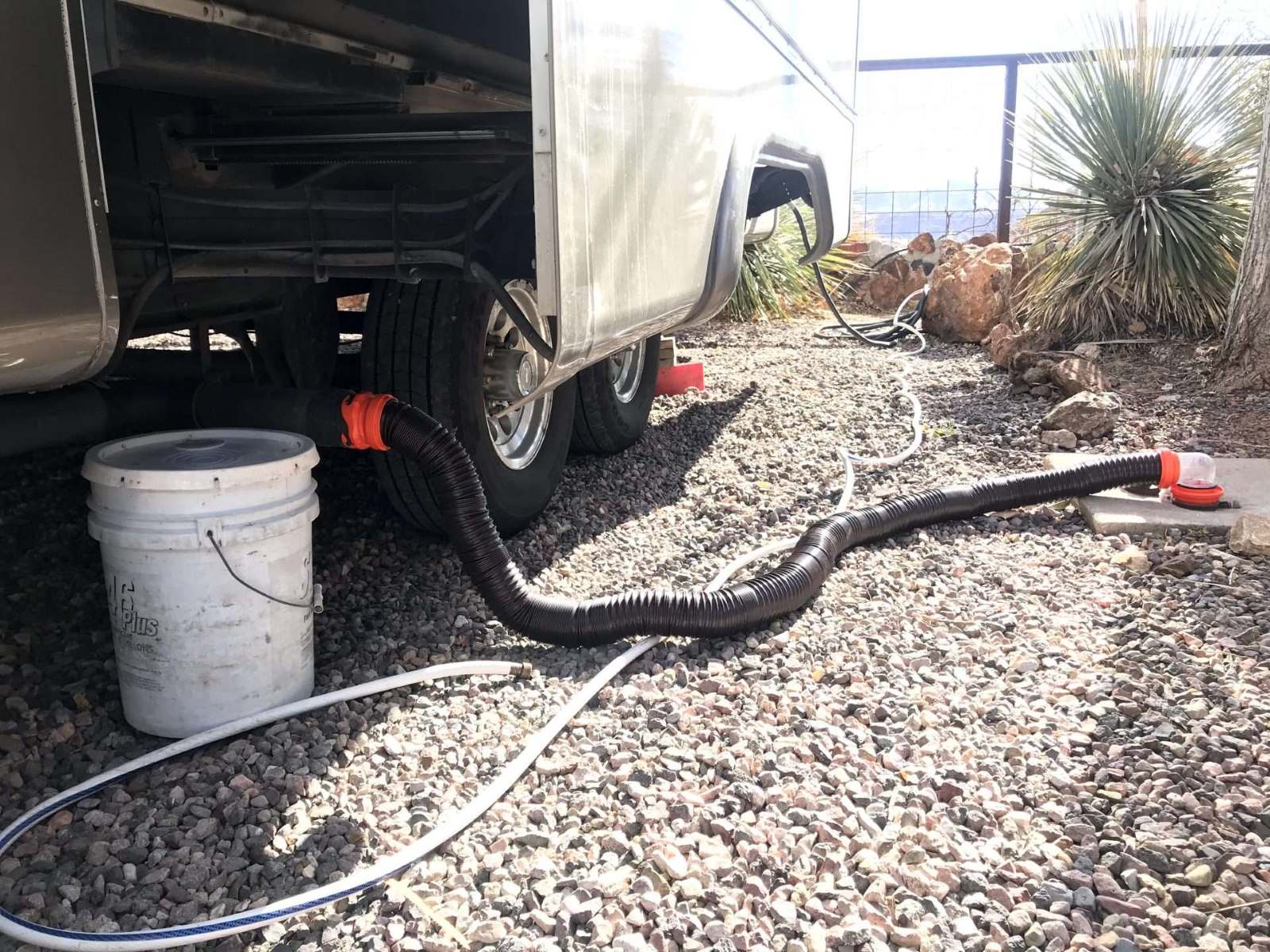
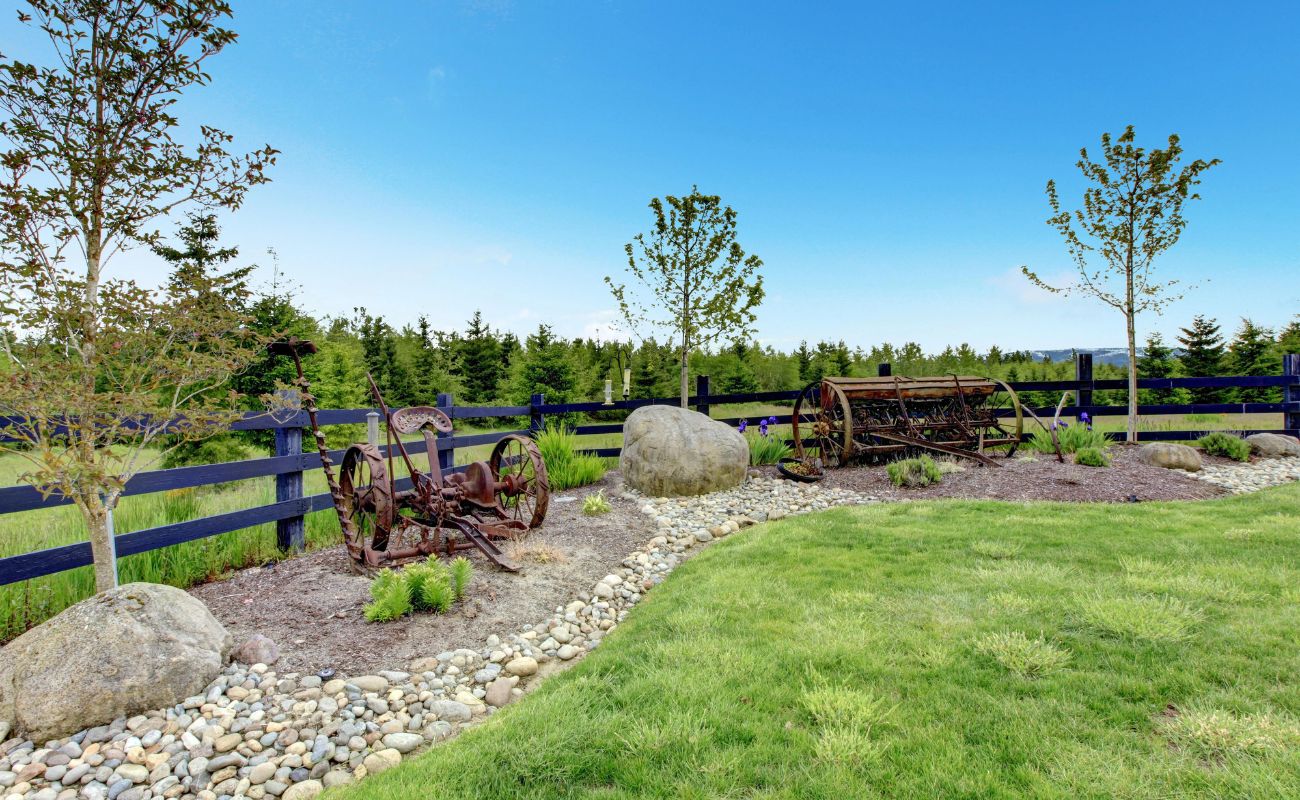
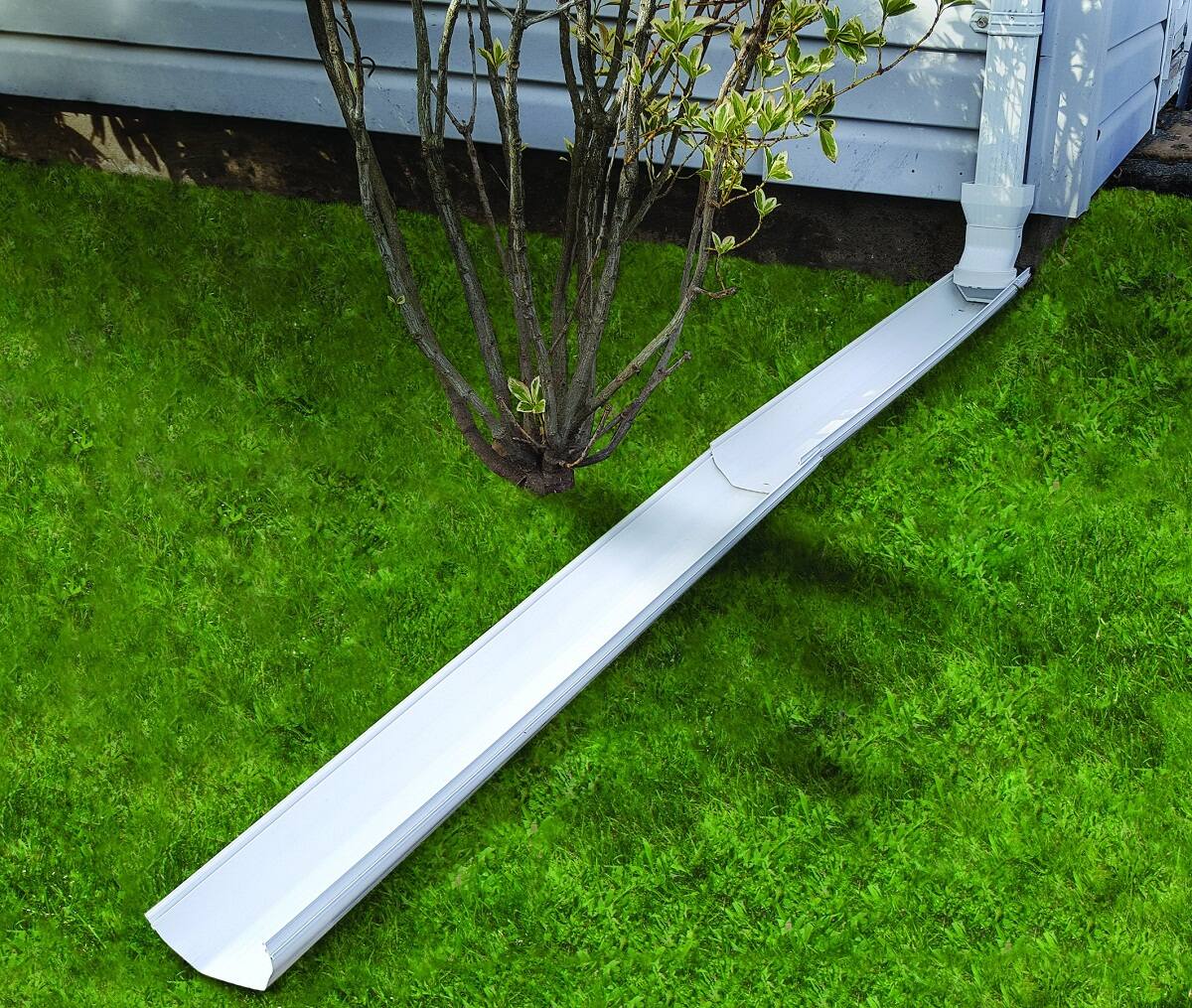

0 thoughts on “How Far Does A Downspout Drainage Line Need To Be From The House”